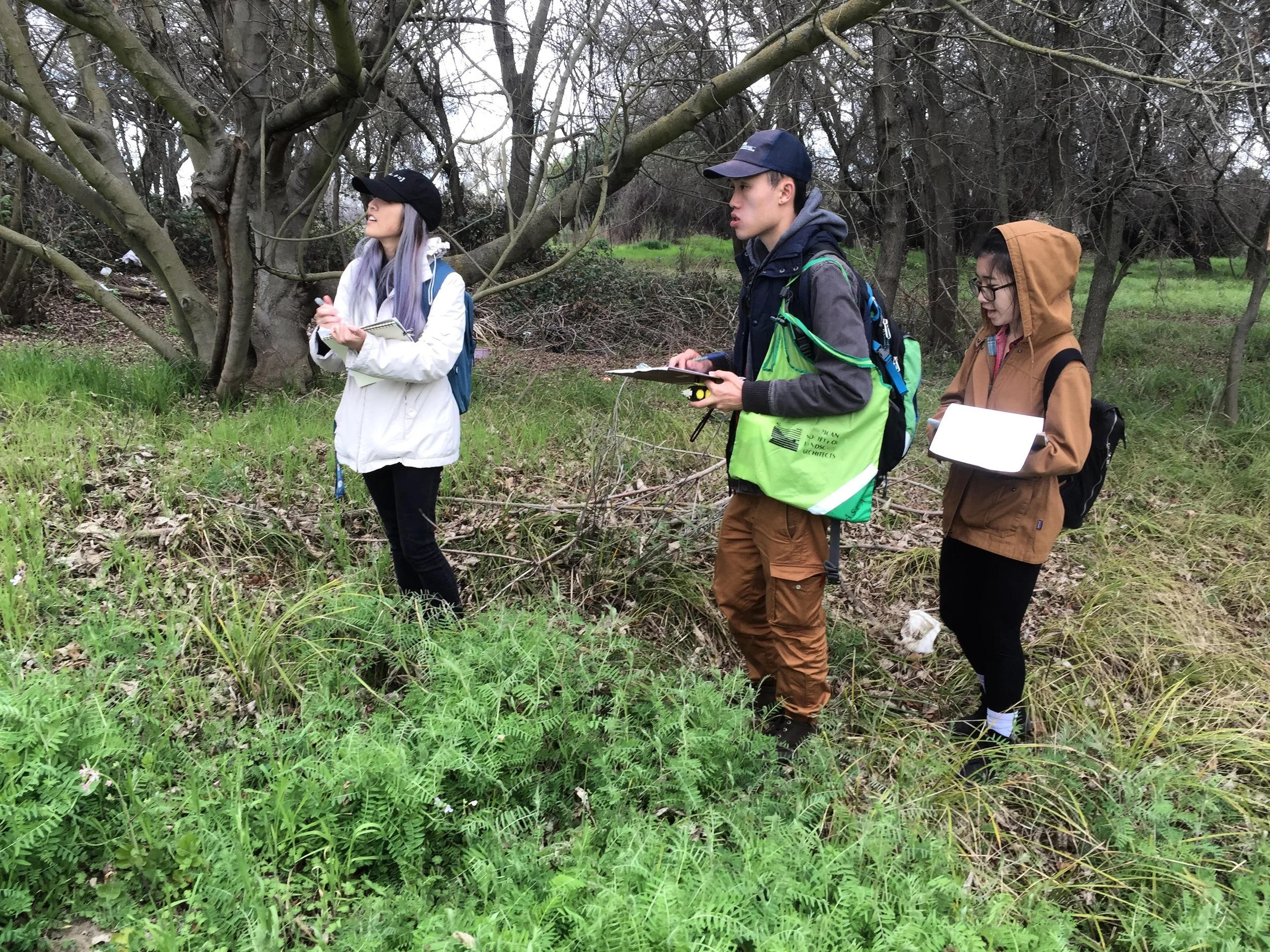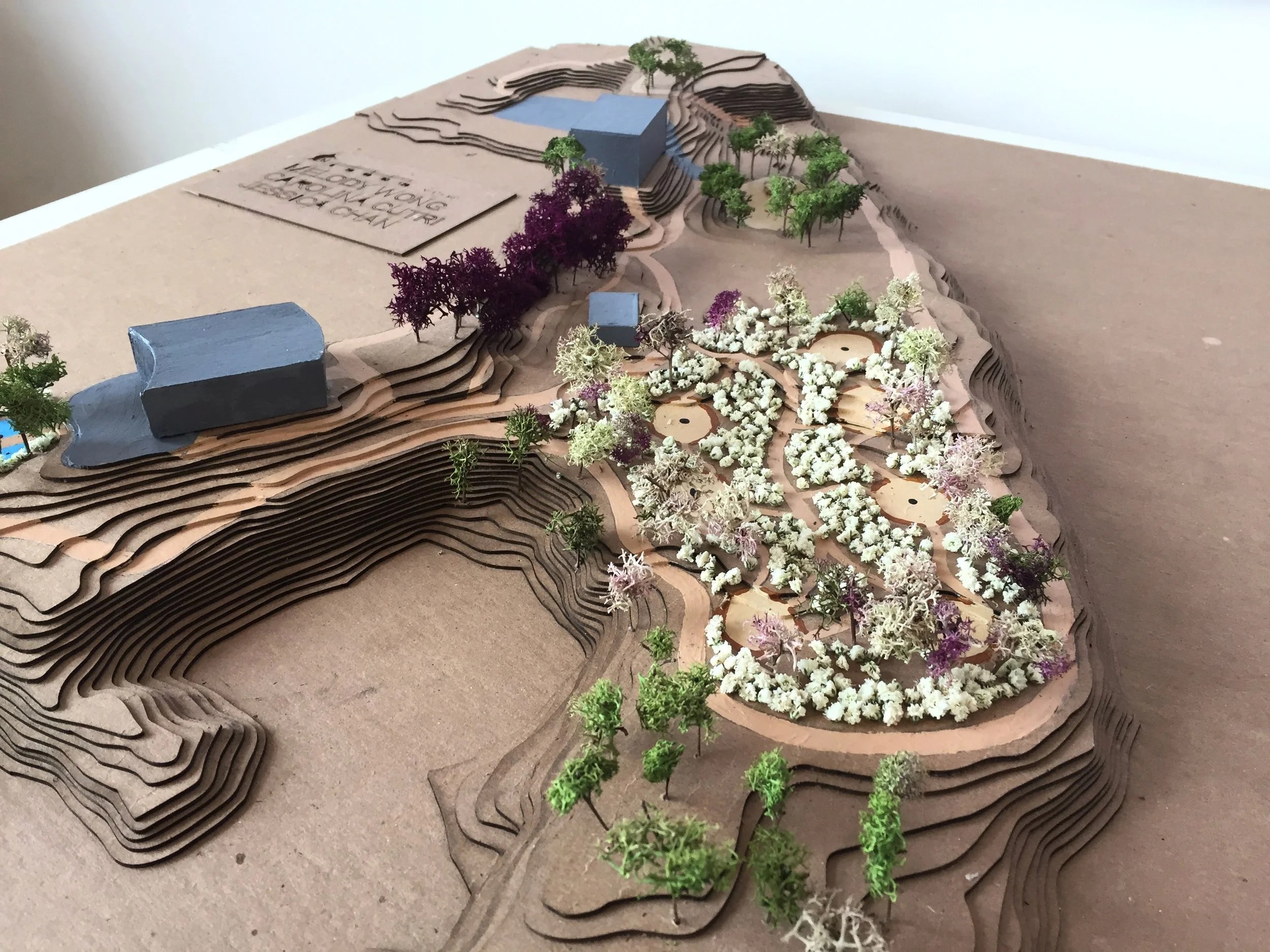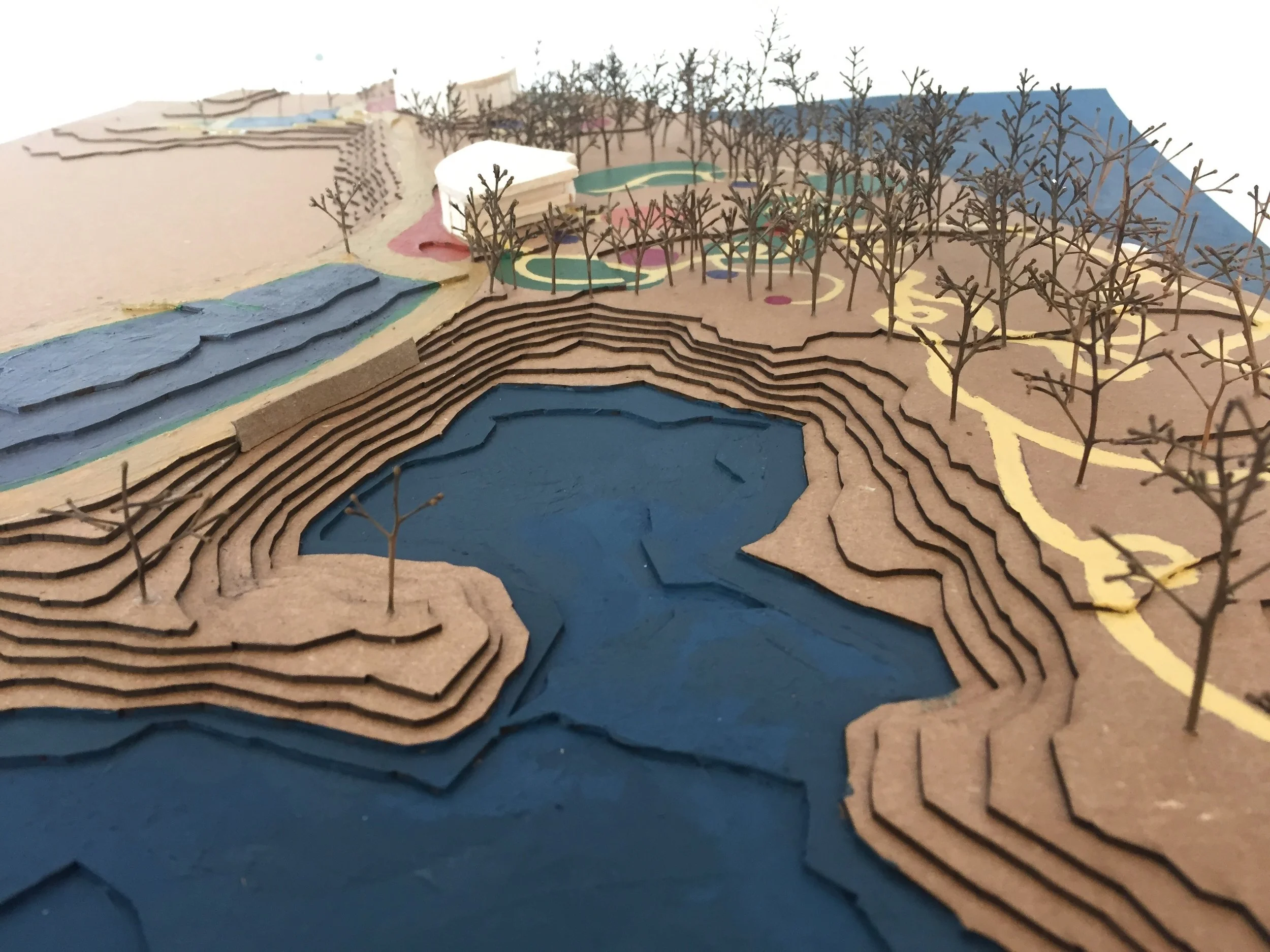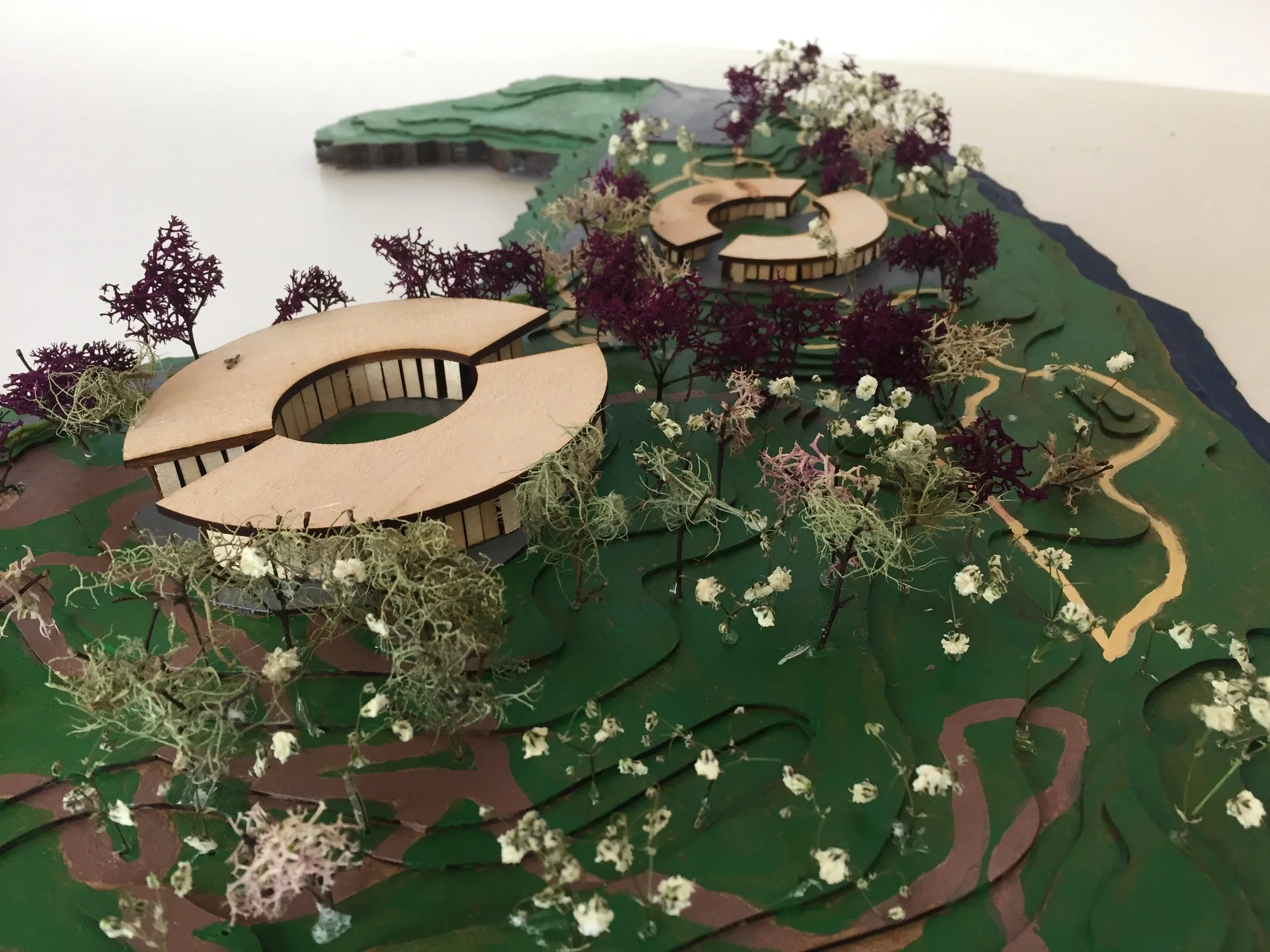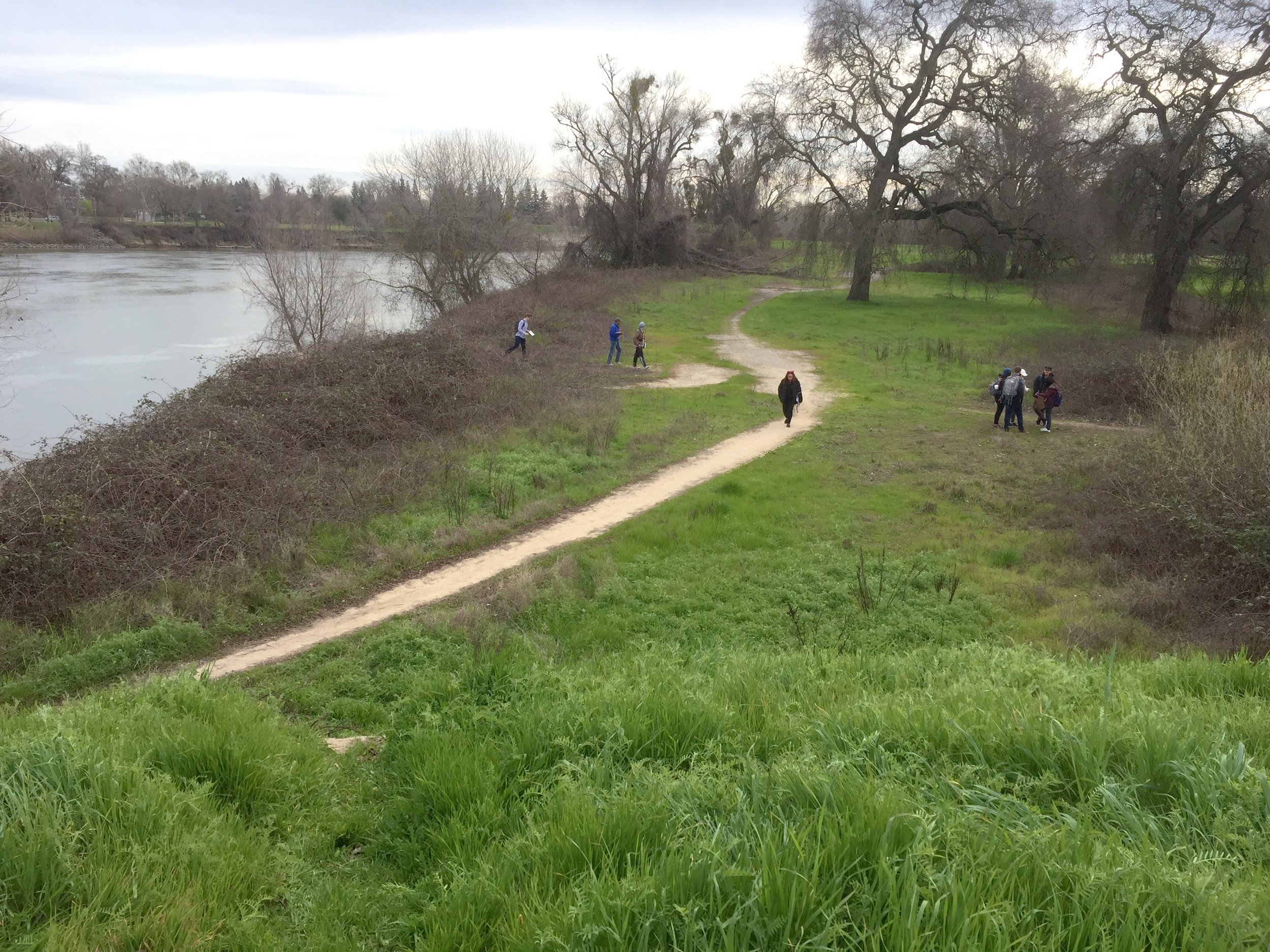
Field Studio
LDA 170, U.C. Davis
-
inventory, analyze and evaluate the landscape
The landscape is a dynamic system of overlapping human and ecological flows, not a static site bounded by a property line. Designers must be able to analyze the context of a landscape, the changes over time and potential opportunities for future change.
-
practice an iterative design process
Landscape design and planning follows a process of learning, idea-generating, reflecting and re-learning. Places are complex. By going through a design process that often requires letting go of cherished ideas, the designer can develop a holistic plan to guide the transformation of places.
-
develop a design vocabulary for communication
The design vocabulary (i.e. ‘process’, ‘landscape’, ‘site’, etc.) and graphic language will be useful in communicating with clients, instructors and other designers. Students will take part in mini-presentations of their work and be expected to give constructive feedback to others.
The California Indian Heritage Center has three main aspirations:
Create a center for cultural preservation, learning and exchange, representing and celebrating all California Indians as a Living Culture.
Develop a place founded on Indian values: centered on the stewardship of the land, respect for natural systems and their cycles, presenting a natural character and leaving a light footprint on the land.
Provide a safe, comfortable and welcoming environment to all communities, visitors and immediate neighbors.
Listening to the landscape
Immersion is a focused experience of a place using the technical skills (of plant identification in this case) and observation, sketching and discussion with other students that forms the eventual basis of design.
The main class project is the design of the California Indian Heritage Center along the banks of the Sacramento River. Students spent a day covering with the landscape of the river before consolidating their ideas in the studio.
Designs were informed by the landscape setting, the program and design principles to yield a cohesive landscape solution. This comes with extensive practice in drawing, form-making and discussions with classmates and instructors.
Marylyn Chue
Modeling space
How do we know when a student gets it? What evidence will show that students understand?
Project-based inquiry learning. Students need to ask questions of themselves, the community and the landscape to generate an analysis and comprehensive design for a new landscape.
Main project that challenges the students to analyze social and environmental context, community goals and opportunities for intervention, as well as giving them space to envision solutions to landscape problems through design.
The project should clearly show a spatial arrangement that reflects the focus of the museum using a chipboard model
